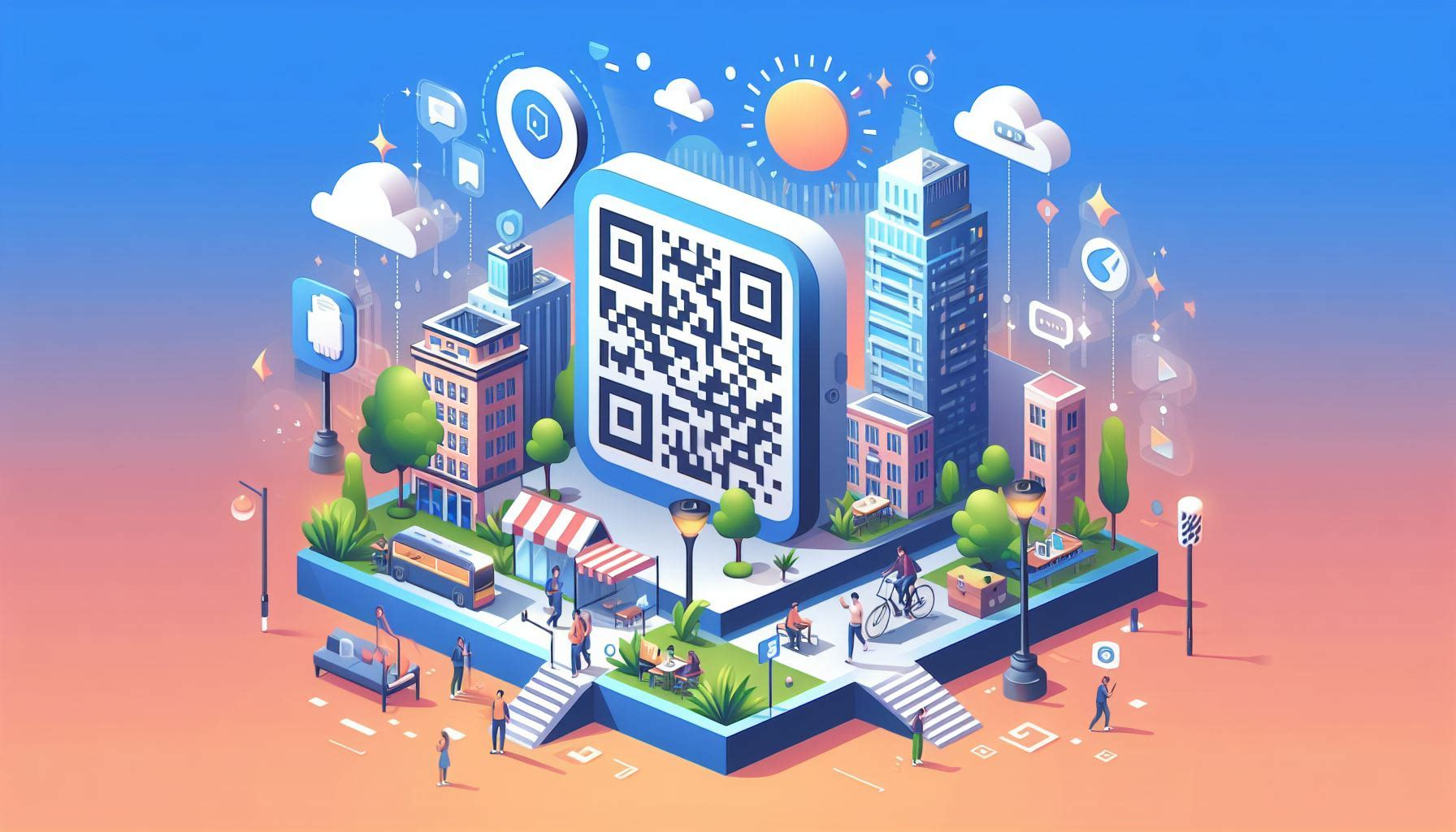QR codes, or Quick Response codes, have become ubiquitous in our daily lives, serving as a bridge between the physical and digital worlds. These versatile two-dimensional barcodes can store a variety of information and can be used for multiple purposes, from making payments to directing users to specific web pages. In this blog, we’ll explore the different types of QR codes and how a common QR code can be employed to target multiple app stores seamlessly.
Different Types of QR Codes
1. Static QR Codes
Static QR codes are fixed and cannot be changed once created. They store information directly in the code, such as URLs, text, or contact details. Static QR codes are suitable for simple, permanent use cases where the encoded information does not need to be updated.
Common Uses:
- Business cards
- URLs for websites
- Wi-Fi network login details
2. Dynamic QR Codes
Dynamic QR codes are more flexible than static QR codes. The encoded information can be updated without changing the QR code itself. This feature makes dynamic QR codes ideal for marketing campaigns, as they allow for tracking and analytics.
Common Uses:
- Marketing campaigns
- Event registrations
- Feedback forms
3. Micro QR Codes
Micro QR codes are smaller versions of standard QR codes, designed for situations where space is limited. They are less data-dense and usually used for simple applications.
Common Uses:
- Small product packaging
- Compact labels
4. QR Code Model 1 and Model 2
- Model 1: The original QR code model, which is less common today and has a smaller capacity.
- Model 2: The more advanced and widely used version, capable of holding more information and supporting error correction.
Common Uses:
- Broad applications across various industries due to higher data capacity.
5. iQR Codes
iQR codes are an advanced version that can be printed as a square or rectangular code, offering greater flexibility in design and higher data capacity.
Common Uses:
- Industrial applications
- Large-scale inventory management
6. Frame QR Codes
Frame QR codes allow for the incorporation of a “frame” or branding element within the QR code design. This type can be useful for marketing purposes where visual branding is important.
Common Uses:
- Branded marketing materials
- Special promotions
Using a Common QR Code for Multiple App Store Targets
One of the innovative uses of QR codes is directing users to the appropriate app store based on their device. This is especially useful for app developers who want to simplify the download process for their users. Here’s how you can use a common QR code for targeting multiple app stores:
1. Creating a Universal Link
A universal link is a single URL that can detect the user’s device type and redirect them to the appropriate app store (e.g., Google Play Store for Android users and Apple App Store for iOS users).
Steps:
- Generate a Universal Link: Use a service like Branch, Firebase Dynamic Links, or Adjust to create a universal link that dynamically redirects users.
- Create the QR Code: Use a QR code generator to encode this universal link into a QR code.
2. Dynamic QR Codes with Smart Redirects
Dynamic QR codes can be programmed to redirect users based on their device type. These QR codes are linked to a dynamic URL that can be adjusted as needed.
Steps:
- Set Up a Dynamic URL: Use a QR code service that supports dynamic URLs and smart redirects.
- Configure Device Detection: Set up rules within the service to detect the user’s device and redirect them accordingly.
- Generate the QR Code: Create a dynamic QR code linked to the configured URL.
3. Using QR Code Generators with Built-In Redirection
Some QR code generators have built-in features for app store redirection, simplifying the process.
Steps:
- Choose a QR Code Generator: Select a generator like QR Code Generator Pro, which offers multi-URL QR codes.
- Input the URLs: Enter the URLs for different app stores.
- Generate and Customize: Create the QR code and customize it to match your branding.
4. Tracking and Analytics
To maximize the effectiveness of your QR code, integrate tracking and analytics. This allows you to monitor how many users scan the code, which devices they use, and other valuable data.
Steps:
- Use a QR Code Service with Analytics: Choose a service that provides detailed analytics.
- Monitor Performance: Regularly check the analytics dashboard to track scans and user behavior.
- Optimize Campaigns: Use the collected data to refine your marketing strategies and improve user engagement.
Benefits of Using a Common QR Code for Multiple Store Targets
- Simplified User Experience: Users don’t have to manually search for the app in their respective app stores.
- Increased Conversion Rates: Reduces friction in the app download process, leading to higher conversion rates.
- Cost-Effective: One QR code serves all users, regardless of their device, saving time and resources.
- Better Analytics: Centralized tracking provides insights into user behavior and campaign performance.
In conclusion, QR codes are a powerful tool in the digital age, offering versatile solutions for various applications. By leveraging different types of QR codes and using a common QR code for multiple app store targets, businesses can enhance user experience, streamline processes, and gain valuable insights to drive their marketing strategies forward.





